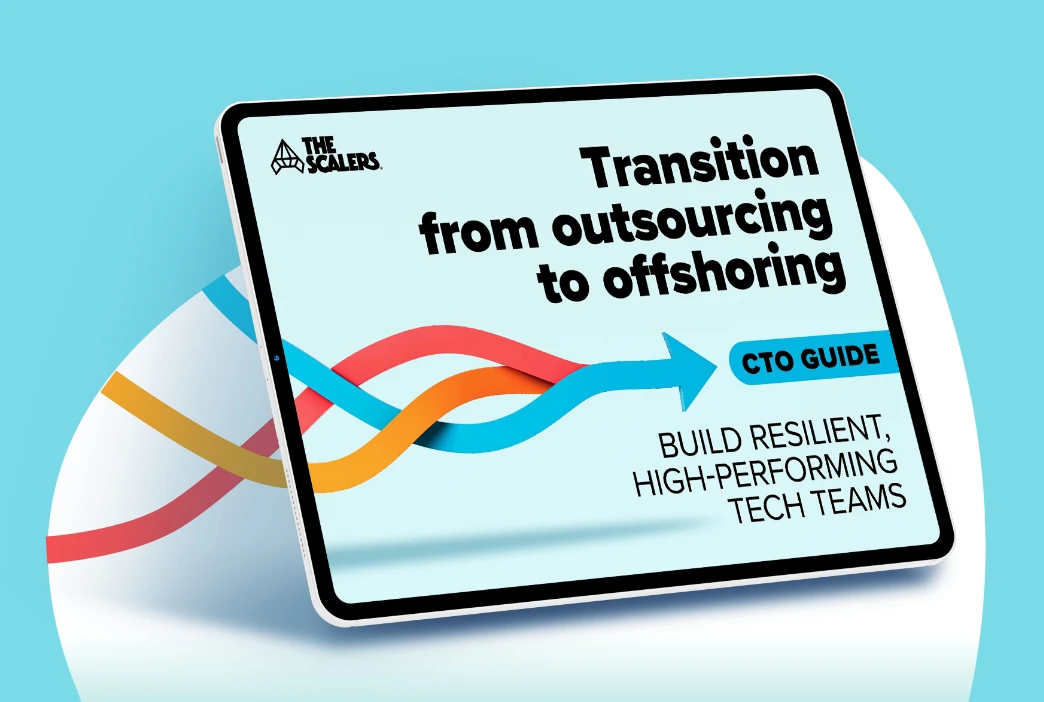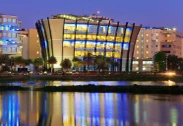Humans and machines are embarking on a new era of collaboration. This is in part driven by the fact that workplaces are rapidly evolving to allow people to operate remotely and in distributed teams alongside a variety of emerging technologies, such as VR (virtual reality), AR (augmented reality), and MR (mixed reality). VR can enhance such things as sales, 3D modelling, design, and more.
Many emerging VR environment trends are ideally suited for cross-functional teams that make multiple video calls daily and departments that streamline global review and approval processes, as well as managers looking to improve productivity. They appeal to those who strive to provide their colleagues with the best presentations, events, and life experiences.
The VR market in numbers
Virtual offices as experienced through VR, can help businesses and individuals work more efficiently by combining people, places, technology, and processes. This is why the VR market is experiencing such dramatic growth. Bloomberg predicts that global Metaverse revenues will reach €800 billion in 2024.
The development of VR technologies and their applications are undeniable. Just look at the trajectory of these VR environment trends. Fortune Business Insights estimates that the VR market will reach €84.09 billion by 2028 from €4.42 billion in 2020. The numbers are especially encouraging when you analyse their potential applications and closely examine VR consumer buyer behaviours.
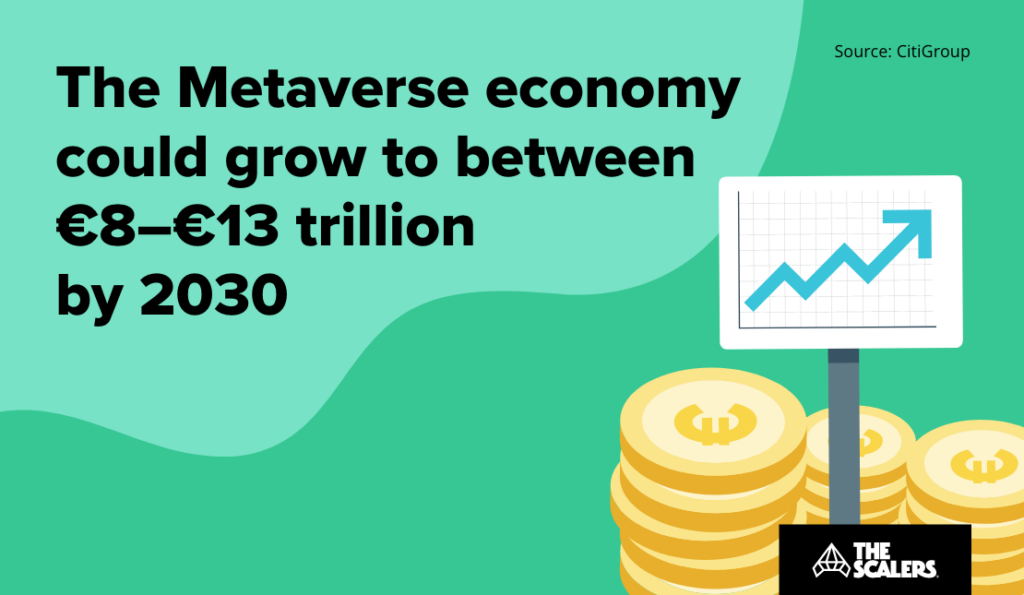
According to the Future Workforce Study Global Report, by Dell and Intel, 66% of global employees would use VR products in their professional lives, most often as training tools, with 62% believing that artificial intelligence could simplify their jobs.
Emerging VR environment trends
VR can act as a virtual map showing where everyone is throughout the day, who’s in meetings, and who’s available to chat. Video calls with simulated environments can enable intimate collaboration while allowing distributed teams to interact similarly to physical offices. Used efficiently, this technology can replicate the immersive qualities of being face-to-face, enabling such things as hallway conversations and all-hands meetings.
Emerging VR environment trends offer numerous opportunities for enhanced education. Users can manipulate their environment and carry out tasks without visiting the workplace. While this technology requires a significant investment, it can save considerable money over in-person training and repairs. VR training allows employees to gain experience in high-risk situations while remaining safe. New hires can also benefit by reducing the time it takes for them to adjust to their new roles, making them more productive overall.
VR as an immersive educational tool
A wide range of applications are made possible by VR due to its extensive features. Learning and education, for instance, takes on a whole new dimension. In a recent study by Johnson & Johnson, 83% of surgeons trained in VR could perform the procedure with minimal guidance in a lab setting. Those familiar with traditional methods could not complete the system.
A VR experience increases engagement and the tactility of abstract, hard-to-express concepts by adding a new dimension via displays and interactivity. As a result, it makes the presentation more personal by allowing the viewer to feel like they’re participating. As opposed to video conferencing, VR users feel like they are in the same space, making collaboration more effective.
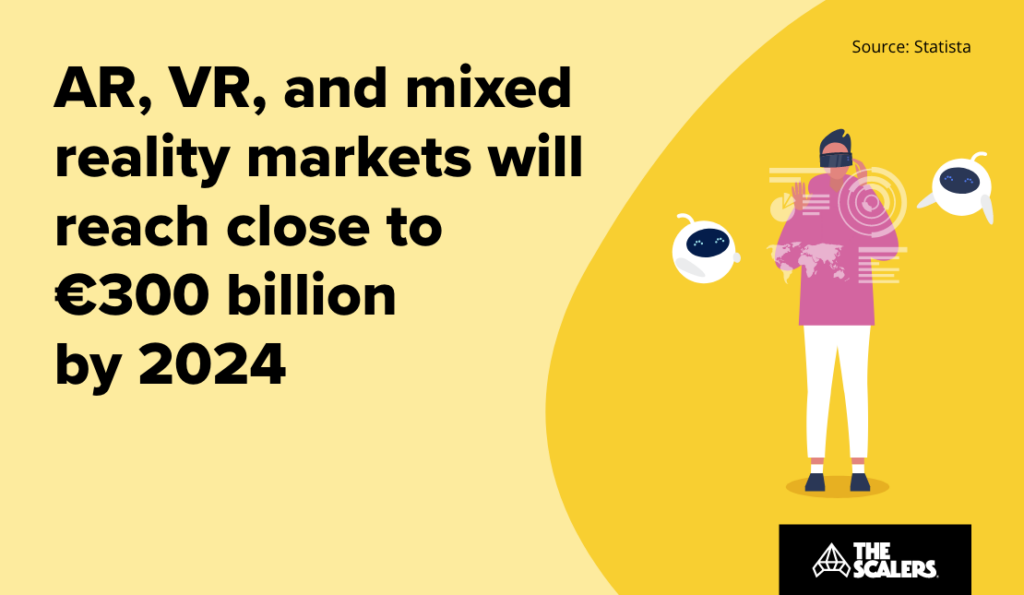
HR practices of the future will also significantly benefit from VR’s ability to seamlessly connect people across the globe. With access to workers worldwide, hiring practices will expand to attract top talent. During the interview process, prospective employees will shadow their potential position virtually to understand their responsibilities better. The use of VR in HR workshops can be very beneficial. During a VR recruitment experience, users can explore the workplace, hear employee testimonials, and see some of the tasks they will perform daily. A candidate would benefit from having an interactive experience to understand what to expect throughout the application process.
Marketing and sales applications
VR can take innovative marketing practices to the next level. It has the power to redefine these practices. Whether buying a car or taking a vacation, VR allows a consumer to test every product and try each experience before making a purchase. Through VR, consumers can develop a personal connection with brands and make more informed purchasing decisions. There is a vast expansion of the idea of ‘try before you buy.’ For example, if you are planning to buy a car, you can try take a VR test drive on your smartphone. If you are searching for a new pair of shoes, then you can try them on virtually.
In the past, developing products from concept to launch was complex, time-consuming, and risky. As technology advances, product development will become more efficient in computer-generated environments. VR eliminates the need for expensive physical prototypes. Making changes virtually and testing them immediately before introducing the final product can speed up the development of a product. Prototyping is the best way to avoid wasting time. Providing a set of approaches and special tools allows for the exploration and testing of ideas without wasting time and resources without a 100% guarantee of success.
The pros and cons of VR
In some ways, visual effects seem superior to reality. Video games use VR technology to enhance the user experience. For instance, users may receive tactile feedback and sensory stimulation in gaming controllers and consoles.VR has inreasingly integrated sound and graphics, providing excellent gaming experiences.
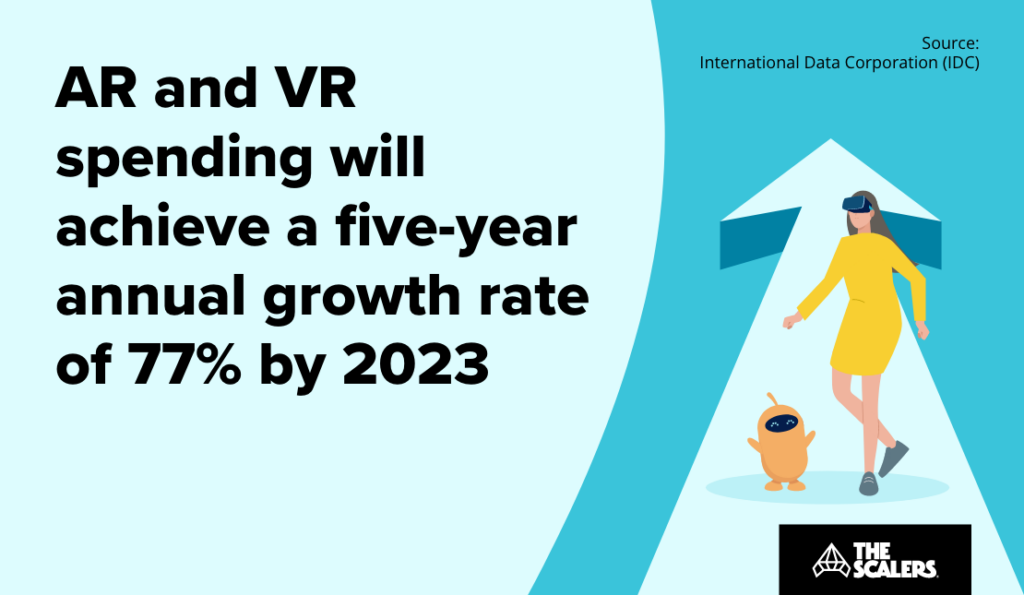
Sadly, because of the visual advantages of these VR environment trends, it is in danger of becoming a distraction and can even lead to an overwhelming sense of uselessness in those who participate. With VR, users may feel that they are trying to escape reality. A virtual world can become addictive to users who wish to explore the new and unknown. Various health problems can result from this addiction. It is therefore essential to monitor one’s activities as with anything else.
Most users claim to have a great time with VR. It gives users a sense of experiencing real places as they see and hear accurate sights and sounds, even if they are far away. People with disabilities benefit from VR because they can explore the natural world without physically travelling. VR films allow the audience to view the surroundings in every scene, creating an interactive visual experience.
Despite this, the technology is still in its infancy. Because VR technology is still experimental, it has not reached its full potential. Tourists can use virtual reality to explore museums, ancient ruins, and other areas. You can look at places of interest and significance in VR but it is not yet revolutionary in its applications.
VR allows users to communicate with coworkers or those people who aren’t physically present. VR facilitates the formation of new relationships. It is possible to meet different types of people and maintain virtual connections. Unfortunately, not everyone can afford VR. Therefore, despite the technology’s potential to connect everyone, it is often out of reach for those who can’t afford it.
One of the most positive aspects of VR is its ability to facilitate effective communication. By enabling users to communicate face-to-face without being present simultaneously, VR provides a new experience of communicating with people. However, using VR as a substitute for direct communication is a disadvantage as the technology is also susceptible to deception.
VR environment trends have great potential, but they are not always realistic for training. It also can’t fully transfer those skills learned in the VR environment to the real world. There may be a difference between skills and performance in the VR world and those in the real world. Consequently, VR training may not always produce the same results in real-life situations as in the virtual world.
Leveraging VR for your business
It would help if you leveraged these new emerging VR technologies to take your business to the next level. For this to happen, you need highly skilled, niche software developers. Unfortunately, many countries in Western Europe as well as the US and Canada are facing a severe shortage of skilled workers at home.
Key takeaways
-
1
VR technology is advancing at a rapid pace, and is not only changing the way we shop but the way we work.
-
2
To get the best use out of this technology advanced and niche tech skills are needed. But these skills aren’t always available at home.
-
3
Partnering with an offshore partner in a talent rich location can help provide the solution and make the best use of VR environment trends.
Meanwhile, countries like India have an educated and experienced workforce that can add tremendous skills to your development operations. So, if you can’t find talent locally, then have you considered offshoring? The Scalers build your team, run your operations, and help you scale without limits using our tried-and-trusted offshore model. You can learn more about our unique approach and book a discovery call with one of our senior executives.
Build Your Team,
Not Just a Contract
With The Scalers’ offshore dedicated development team, you get engineers who join your workflow for the long run. Grow steadily, stay flexible, and work with people who care about the product as much as you do.
